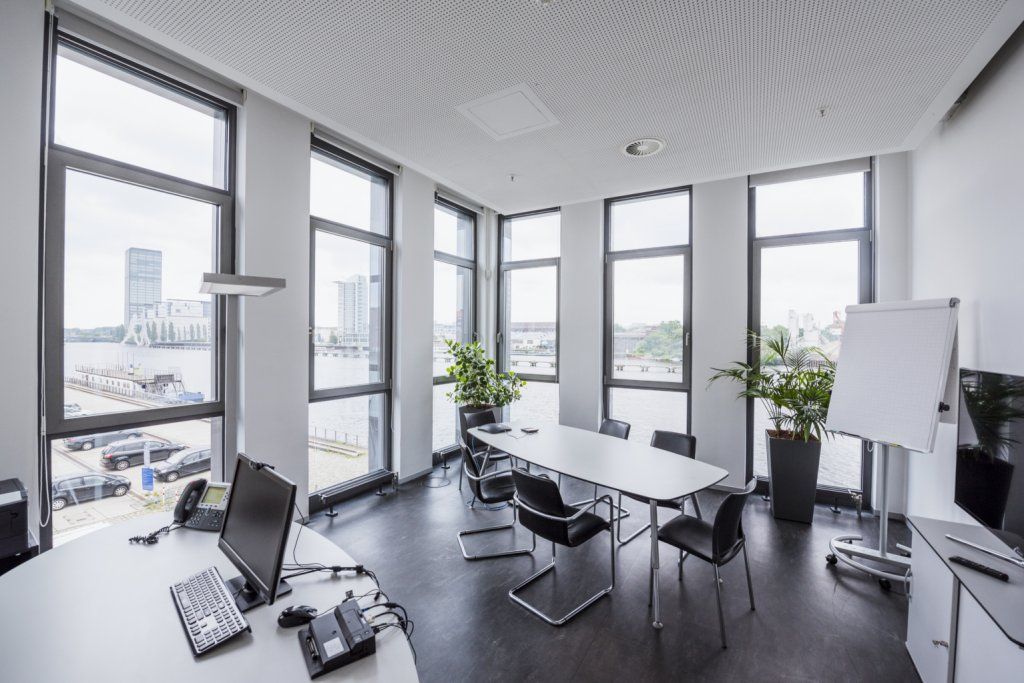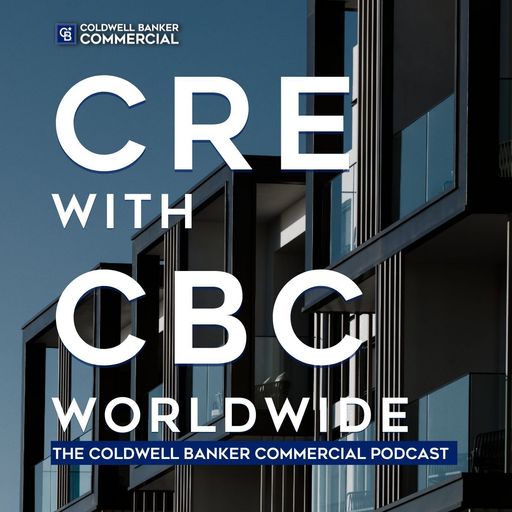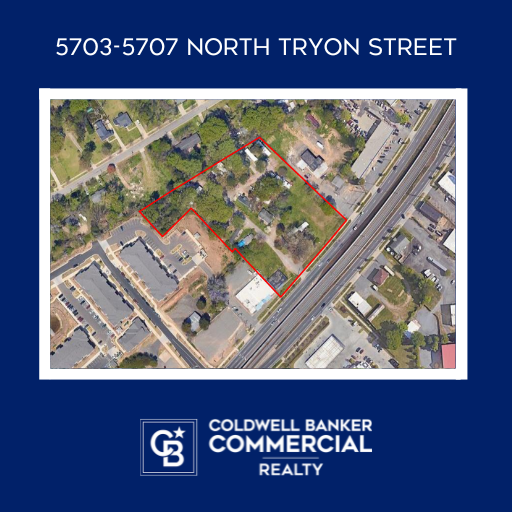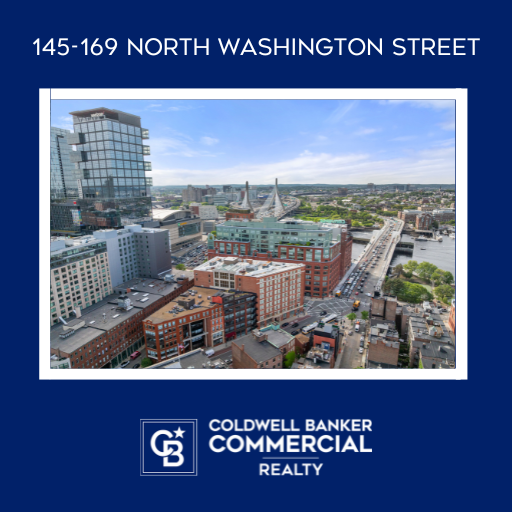Coldwell Banker Commercial National Real Estate Outlook 2021: Hot CRE Property Types & Adjustments to Navigate a Pandemic - Part Two

This is the second part in a series of insights shared by the Coldwell Banker Commercial team in collaboration with local leadership and real estate professionals from around the country. They recently gathered to discuss micro and macro market trends for the coming year. The group covered an array of asset classes, user types, and investor profiles ranging from private investors to users of all property types, and examined factors expected to drive the recovery in commercial real estate markets ahead.
Those collective insights are shared in this second of a three-part series that highlights which asset classes performed well, which ones struggled and what adjustments commercial real estate investors, owners and managers are making to navigate the challenges. Here’s a link to the first part in the series on that is a national overview.
The Darling Asset Class
Ecommerce will continue to drive change like the advent of water transport, air transport and railroads did in the past. While distribution has always been key to retail, the coronavirus pandemic forced brands to pivot their ecommerce strategies significantly to meet constantly changing consumer demand.
It is clear people are avoiding crowds, as evidenced by accelerated online grocery shopping, and an additional $40 billion in online holiday sales, a level that Digital Commerce 360 predicted before the pandemic would not be reached for another four years. Limiting in-store shopping for all but necessities has become the new normal.
This behavior has led to a huge need for warehouse space – for everything from cold storage to data centers and last-mile distribution in secondary and tertiary markets. The challenge in many markets is locating suitable product available to buy or lease for both investors and users.
Coldwell Banker Commercial’s Tim Fabian says, “Small industrial is getting a boost. Distribution center owners are now splitting warehouse square footage up into small spaces … last mile distribution is going really strong.”
Retail Struggles
Retail and restaurants have been the hardest hit sectors in this pandemic and are expected to bear some of the worst long-term impacts of the shutdowns, given their dependence on foot traffic. While well-capitalized malls and freestanding omnichannel retailers will likely pull through the crisis, COVID-19 has changed consumers’ lifestyles, and if traffic doesn’t return to the enclosed mall format, property owners and investors will move to repurpose the vacant space for nontraditional tenants that will better serve the community.
Retail reinvention in 2021 will most likely take the form of distribution centers, micro warehouses, for last-mile delivery and BOPIS, dark stores and kitchens, multifamily, medical offices, schools, churches, pop-ups, and drive-thru entertainment, such as movies and concerts. Finally, Coldwell Banker Commercial expects logistics to lead retail investments as brands seek to strengthen customer loyalty programs and better predict demand.
Multifamily Remains Viable
Despite weakening fundamentals due to the pandemic, multifamily remains a viable housing product that continues to be supported by low interest rates and high leverage. Strong operators are still completing refinancing’s and buying value-add properties in dislocated markets. While the pandemic drove vacancies and steep rent declines in institutionally owned buildings across major cities, private-market apartments have lost very little value compared to other sectors, particularly those absorbing city transplants to the suburbs.
As the job market recovers and provides more financial flexibility in 2021, demand for multifamily should rise from new household formations. Continued low cost of capital will help fuel acquisitions for private investors. Demand for rental units never slowed down during the summer nor did local developer projects, according to Coldwell Banker Commercial professionals in secondary markets across the country,
Coldwell Banker Commercial’s xxx xxx says, “This pandemic is causing landlords to redesign the lobbies of all their mixed-use buildings. Multifamily owners are changing their strategies, converting 1-bedroom units into offices, lofts, and flex space.”
The three-part series continues next week with a look at trends in the office and MOB sectors, as well as the impact coronavirus and technology is having on commercial real estate. Part one in the series on a national overview can be found on this Coldwell Banker Commercial link.
A Trusted Guide in Commercial Real Estate
Coldwell Banker Commercial® provides Commercial Real Estate Services from Property Sales and Leases, to Property Management. Learn how our expansive network of Independently Owned and Operated Affiliates and Real Estate Professionals use their in-depth knowledge of the local market and industry trends to help businesses and investors navigate the complexities of the commercial real estate landscape.






